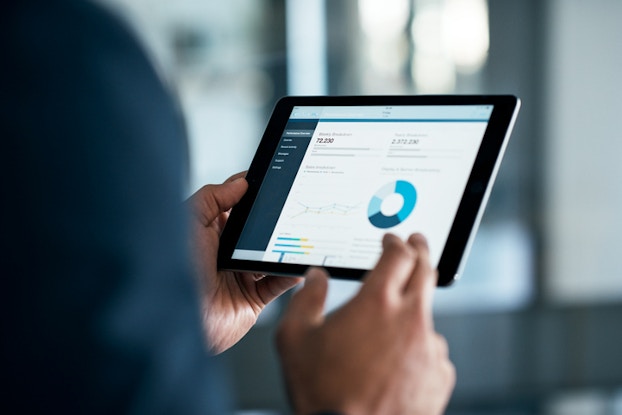
Getting started with Google Analytics may seem daunting at first, but it’s one of the best tools at your disposal. From improving customer experience to guiding your marketing efforts, here are three things you need to know about Google Analytics in 2019.
Google Analytics helps improve your website’s performance
If you want visitors to browse your company’s website, you’re going to need to have two things in place. First, you’ll need to make sure your site is mobile optimized. Second, you’ll want to make sure it loads quickly.
The importance of website speed cannot be overstated. Consumers are impatient, and if they have to spend too long waiting for your website to load, they will move on to one of your competitors.


According to research from Google, it takes an average of 15 seconds for a mobile landing page to load. Since 53% of users will abandon a website if it takes longer than three seconds to load, and 79% of customers said they wouldn’t return to a poorly performing website, this poses a problem.
Fortunately, this is an area Google Analytics can help you improve. Its in-depth reporting features — including breakdowns of website speed and the length of time users spend per page — Google Analytics shows you how your website is performing and how engaged, or unengaged, your visitors are.
[For a full guide, see: Google Analytics: A Beginner's Guide.]
Google Analytics can provide feedback not only on your website’s visitors, but also on your email marketing strategy and social media engagement.
Google Analytics gives you valuable customer data
To create a solid marketing strategy, you need to have in-depth data about your audience. Google Analytics can provide feedback not only on your website’s visitors, but also on your email marketing strategy and social media engagement.
Its reporting features will show you who is visiting your website, how they got there and what pages they spend time on. Here are the three sections you’ll want to pay the most attention to:
- Acquisition tells you where your traffic is coming from. Knowing how the majority of your visitors are finding you will influence your future marketing efforts.
- Audience gives you detailed data about your visitors, including their age, location, interests and more. This can help you come up with an ideal customer profile.
- Behavior helps you understand how your visitors are interacting with your website. It will show you what pages are most popular and what content resonates the most with your visitors.
Adidas is a good example of how using data and technology together can help gain key insights about customer preferences. By using these insights, Adidas was able to tell stories that its customers resonated with. It was also able to build stronger teams and develop more efficient ways of working.
Google Analytics identifies your website’s pain points
Cart abandonment is a huge setback for e-commerce businesses, and it’s a fairly common problem. The cart abandonment rate for the retail industry is just over 72%.
This rate can also be tough to improve because it’s not always clear why customers are abandoning their carts. Fortunately, there is a Google Analytics feature that allows you to map your conversion funnel.
This feature is called Goals and Funnels, and it provides reports showing when customers choose to abandon their carts. Reviewing these reports can shed light on the reasons why customers aren’t completing sales. For example, if customers often abandon their cart on the payment page, you’ll know this is an area that needs improvement and can then implement the necessary changes.
CO— aims to bring you inspiration from leading respected experts. However, before making any business decision, you should consult a professional who can advise you based on your individual situation.
CO—is committed to helping you start, run and grow your small business. Learn more about the benefits of small business membership in the U.S. Chamber of Commerce, here.




